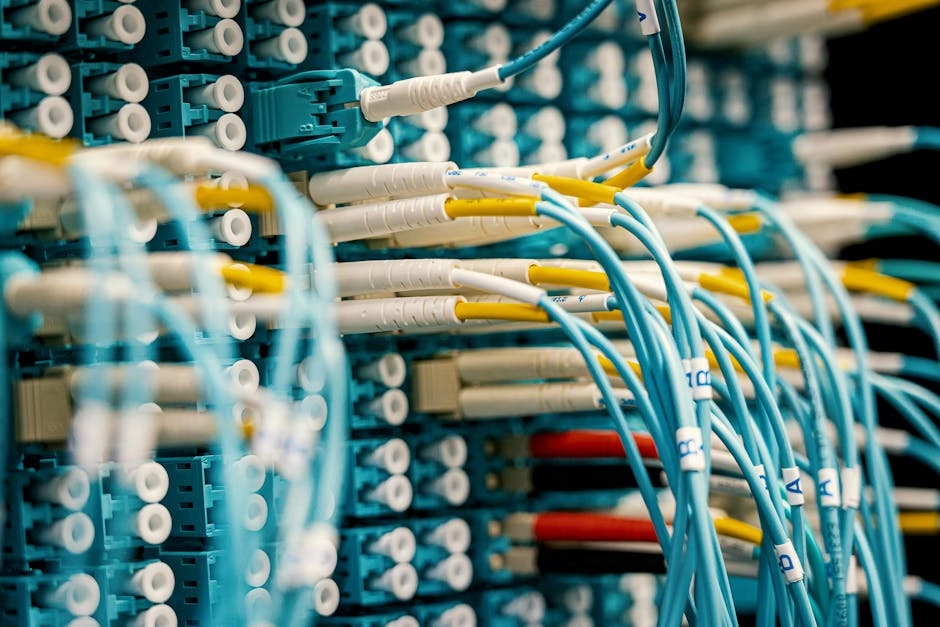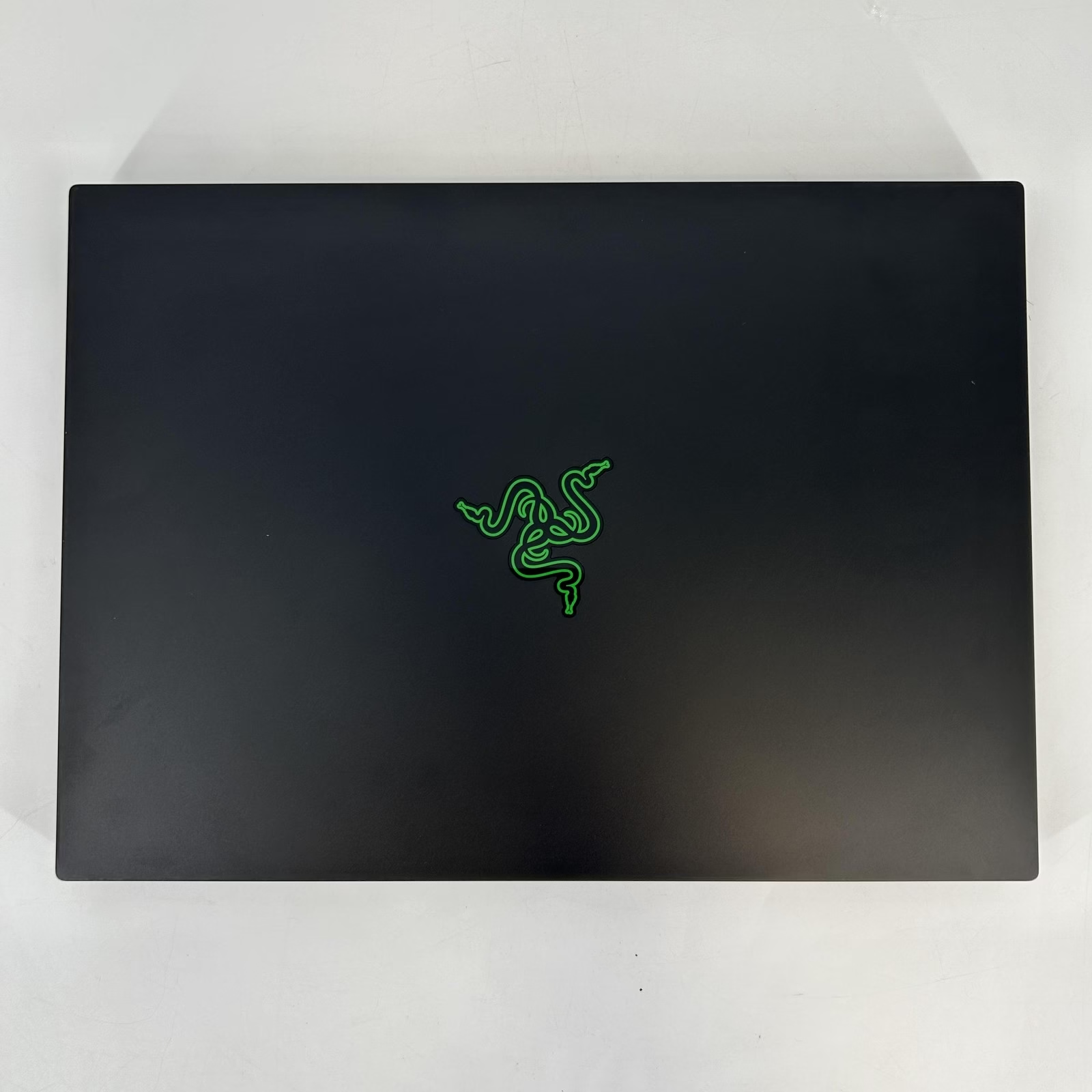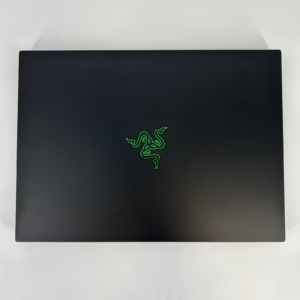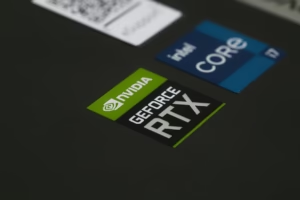Unveiling 5 Secrets: How Undersea Cables Power Our World
Ever paused to wonder how that video call with your aunt in Australia feels so seamless, or how you can instantly access news from a continent away? It’s easy to credit Wi-Fi or cellular data, but the truth is, the magic happens far beyond your local airwaves. As someone who has spent years delving into the intricate world of global communications, I can tell you that the real unsung heroes of our always-on world are the incredible undersea cables that crisscross the ocean floor.
We often take for granted the invisible threads that weave our digital lives together. But beneath the shimmering surface of the world&s oceans lies a sprawling, complex network of cables that carry over 99% of all intercontinental internet traffic. These aren&t just any wires; they are the literal backbone of our modern existence, making true global connectivity possible. Let&s dive deep and uncover the fascinating story of what really happens beyond the Wi-Fi signal.
What Actually Powers Our Internet When We&re Not on Wi-Fi?
When you&re not on Wi-Fi, your internet connection, especially over long distances, is powered by a vast, physical network of wires, with undersea cables forming the crucial intercontinental links.
Think about it: when you connect to a website hosted in another country, your data doesn&t just beam through the air across oceans. While satellites play a minor role in remote areas, the sheer volume and speed of modern internet traffic demand something more robust. That&s where submarine cables come in. These sophisticated conduits are responsible for carrying the bulk of your emails, streaming videos, financial transactions, and even those crucial video calls between continents. They are the physical manifestation of our digital world, ensuring that data travels at incredible speeds around the globe, forming the very foundation of our global connectivity.
How Do These undersea cables Work, Anyway?
undersea cables transmit data by sending pulses of light through incredibly thin strands of glass called fiber optic cables.
At their core, these massive cables are packed with hair-thin strands of glass or plastic fiber. Each strand acts like a super-fast highway for light. Data is converted into light signals, which then travel at nearly the speed of light through these fiber optic cables.
To ensure the signal doesn&t degrade over thousands of kilometers, specialized devices called repeaters are spaced along the cable, boosting the light signal every 50-70 kilometers. This allows for astonishingly fast data transmission, often measured in terabits per second – enough to stream hundreds of thousands of movies simultaneously. The technology is a marvel of engineering, balancing durability for the harsh ocean environment with the delicate precision needed for high-speed light communication.
Are These Just “Internet Cables in the Ocean,” or Is There More to Them?
They are far more than just “internet cables in the ocean”; they are the foundational infrastructure underpinning nearly all international digital communication and the global economy.
These aren&t merely glorified extension cords. Each undersea cable is a complex, multi-layered marvel designed to withstand immense pressure, corrosive saltwater, and potential damage from marine life or human activity. A typical cable might be as thick as a garden hose, but in shallower waters, it can be as wide as a soda can, reinforced with steel armor to protect the delicate fiber optics within.
They are meticulously laid by specialized ships, sometimes at depths of over 8,000 meters (5 miles). Their strategic placement, often following the shortest possible routes between continents, is critical for minimizing latency and maximizing data transmission speeds. Understanding these routes is key to comprehending the entire global internet infrastructure.
For an incredible visualization, check out the Submarine Cable Map by TeleGeography.
Who Owns and Manages These Massive Ocean Internet Cables?
Ocean internet cables are typically owned and managed by a diverse group of entities, including large telecommunications companies, major tech giants, and international consortiums.
Building and maintaining a single submarine cable can cost hundreds of millions of dollars, making it a massive undertaking. Consequently, ownership is often shared. Historically, telecom companies were the primary investors.
Today, tech behemoths like Google, Meta (Facebook), Amazon, and Microsoft are heavily investing in and even building their own undersea cables to ensure reliable, high-speed connections for their vast cloud services and user bases. These consortiums pool resources and expertise, sharing the immense costs and risks involved. This collaborative yet competitive landscape drives innovation and expansion, ensuring continuous upgrades to global data highways.
What Are the Biggest Challenges Facing Submarine Cables Today?
undersea cables face a range of challenges, from natural disasters and marine life interference to human activity and the constant need for maintenance and upgrades.
Despite their robust design, undersea cables are vulnerable. Earthquakes and underwater landslides can snap cables, causing widespread outages. Believe it or not, sharks have occasionally been observed biting cables, though modern cables are designed to deter this.
Human activity, however, is the most common culprit for damage, with fishing trawlers and ship anchors accounting for a significant percentage of breaks. Geopolitical tensions also play a role, as these vital lines of communication become strategic assets. Repairing a damaged cable is a complex, time-consuming, and expensive operation, often requiring specialized ships and remotely operated vehicles (ROVs) to locate and mend the break on the ocean floor.
Ensuring the resilience of these critical links is paramount for maintaining our connected world.
Shop Related Products on eBay
Find the best deals on these recommended products:
… (Content truncated for length) …
About the Author:
Poly Kaza is a seasoned technology journalist and wearable tech enthusiast with over a decade of experience reviewing and analyzing the latest innovations in smart devices. He has a deep understanding of the underlying technologies that power smartwatches and a passion for helping consumers make informed decisions about their digital companions. His work focuses on bridging the gap between complex technical specifications and practical user experience, with a keen eye on how wearables impact daily life and health.













1 comment